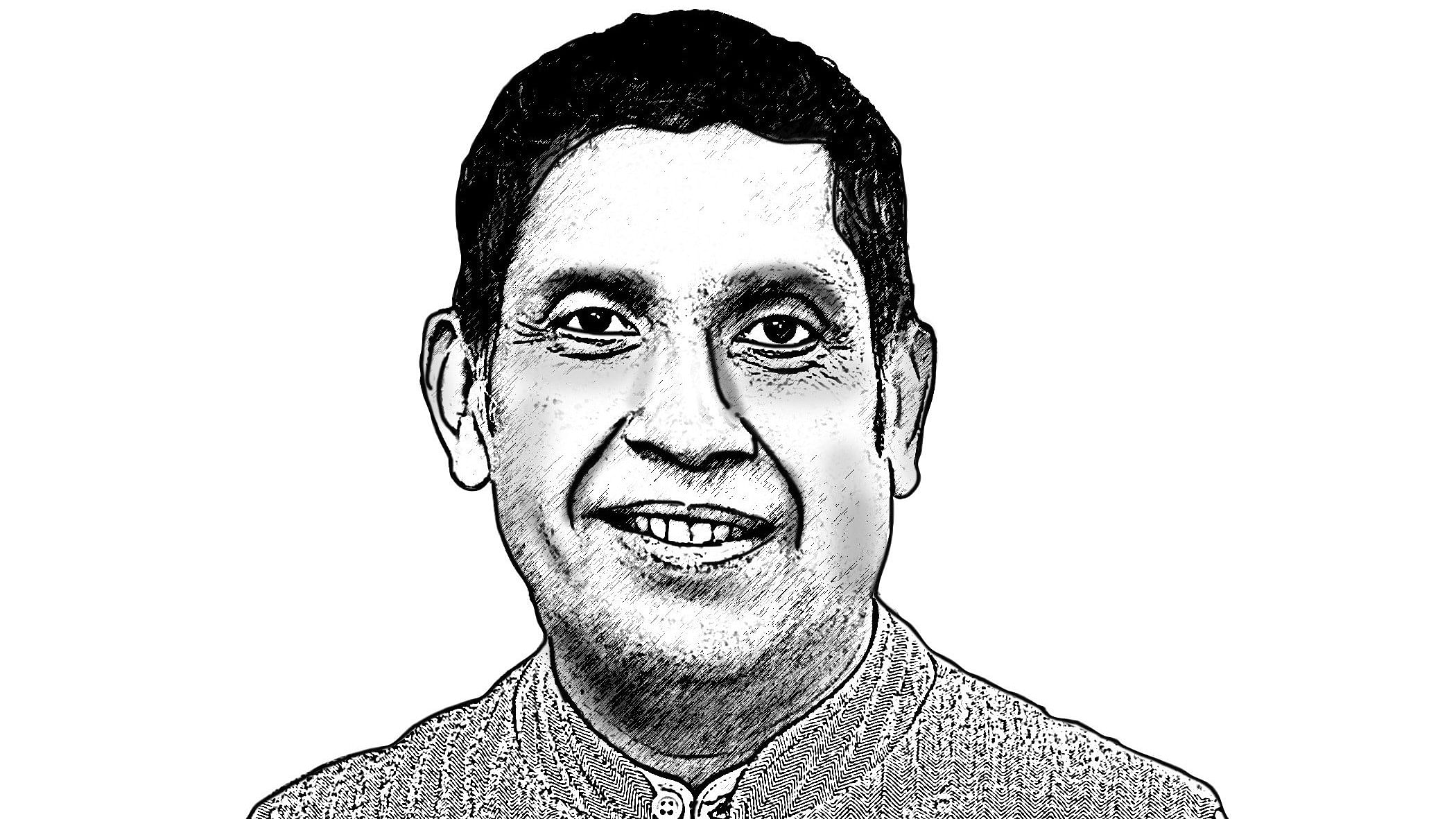
Praveen Chakravarty is a Congressman curious about correlations, causes & consequences @pravchak
Hypothetically, imagine a certain political situation in 2029 where:
India’s Prime Minister is from the Congress party (INC); Uttar Pradesh’s Chief Minister is from the Samajwadi Party (SP); Maharashtra’s CM is from the Shiv Sena (UBT); Bengal’s CM is from Trinamool Congress (TMC); Bihar’s CM is from Rashtriya Janata Dal (RJD); Tamil Nadu’s CM is from the DMK; Madhya Pradesh’s CM is from the BJP; Karnataka’s CM is from the Congress; Gujarat’s CM is from the BJP; Rajasthan’s CM is from the Congress; Andhra Pradesh’s CM is from the TDP; Odisha’s CM is from the Biju Janata Dal (BJD); Kerala’s CM is from Communist Party (CPM); Telangana’s CM is from the Telangana Rashtra Samithi (TRS, now Bharat Rashtra Samithi); Assam’s CM is from Asom Gana Parishad (AGP); Jharkhand’s CM is from the Jharkhand Mukti Morcha (JMM); Punjab’s CM is from Aam Aadmi Party (AAP).
While this is purely hypothetical and for discussion purposes only, such a situation is not entirely unfathomable. Such a political situation is very plausible and in the realm of possibilities. It then means that 16 of the largest states of India can potentially be governed by Chief Ministers from 14 different political parties, with a Prime Minister at the Centre from a different party. These 16 states represent 90 per cent of the population of India, account for 80 per cent of India’s GDP, and 90 per cent of all seats in Parliament.
Let that sink in -- nearly 90 perc ent of population and economy can be governed by political parties that have very little in common with each other. Regional parties that govern 12 of these states are state-specific parties and are not bothered by, or tied to, the politics of another state.
This is unheard of in any other democracy in the world. India is the only federal democracy where its federalism is worn on its political sleeves and not just administrative. This is so astoundingly unique to India that it boggles the mind of most foreigners who do not quite grasp the political diversity of this country. But now, it seems even Prime Minister Narendra Modi and the ruling BJP are not able to come to terms with the reality of India’s political federalism.
The ‘one nation one election’ (ONOE) bogey mooted yet again by the Modi government belies their fundamental comprehension of India’s diversity and federal structure. The reasons for the proposal are fallacious and shallow. ONOE is an answer searching for a question.
The government argues that India is in a ‘permanent campaign’ where India has had either a state or a national election every year for the last 37 years. Apparently, this is a drain on the financial exchequer and wastes resources, efforts and time of the government and political parties. The argument proposed is that an election held constantly in some part of the country with a ‘model code of conduct’ distracts from governance and leads to policy paralysis.
This is a foolish argument. An election in one of India’s states is not an election for the country as a whole. This whole idea conflates states and the Centre. There is a fundamental difference between the two. In our hypothetical situation of 2029 as presented above, why should Bengal governed by TMC be impacted if there are elections in, say, Tamil Nadu ruled by DMK, or in Punjab ruled by the AAP? There is no reason why governance in the country should be impacted when there are elections in some states. This whole argument that governance stalls because of continuous elections is an outrageous false bogey.
The national parties with a Delhi high command culture such as the Congress and the BJP are the only ones that may feel the pressure of constant elections because municipal or state elections held in any part of the country involve their national leadership.
But that is neither India’s problem, nor the states’. It is uniquely a problem for the ‘national’ parties if they feel distracted by state elections because they have a centralised structure where a few leaders are the campaigners-in-chief for the whole country. A TMC in Bengal or a TDP in Andhra Pradesh are not going to campaign or feel distracted from governance for an election in Rajasthan or Assam. So, why is the current model of each state having its own election schedule even a problem in the first place?
The problem of one or two ‘national’ parties is not the problem of the nation. If Modi or Rahul Gandhi feel compelled to campaign in every state across the country for state elections, that is the prerogative of the BJP or the Congress. That does not mean ‘governance’ is getting impacted because they choose to campaign for their party in every state. A Mamata Banerjee or a Chandrababu Naidu or any other regional leader doesn’t feel the need to campaign in elections beyond their states. The very foundational premise for ONOE is flawed because it confuses the problems of ‘national’ political parties as national problems of the country.
Cost savings is the other bogey cited for ONOE. Various estimates by the Election Commission and NITI Aayog show that ONOE may at most save Rs 5 per voter per year. It is laughable to suggest that India’s federal structure needs to be destroyed, and the Constitution amended to save this through ONOE. We can save that money, and much more, if all political parties agree to not indulge in competitive populism rather than breaking their heads to hold all elections together.
ONOE is a classic case of “for the BJP with a hammer of centralisation, everything looks like a ‘one nation’ nail”. It is a ridiculously foolish distraction that the country can do without.